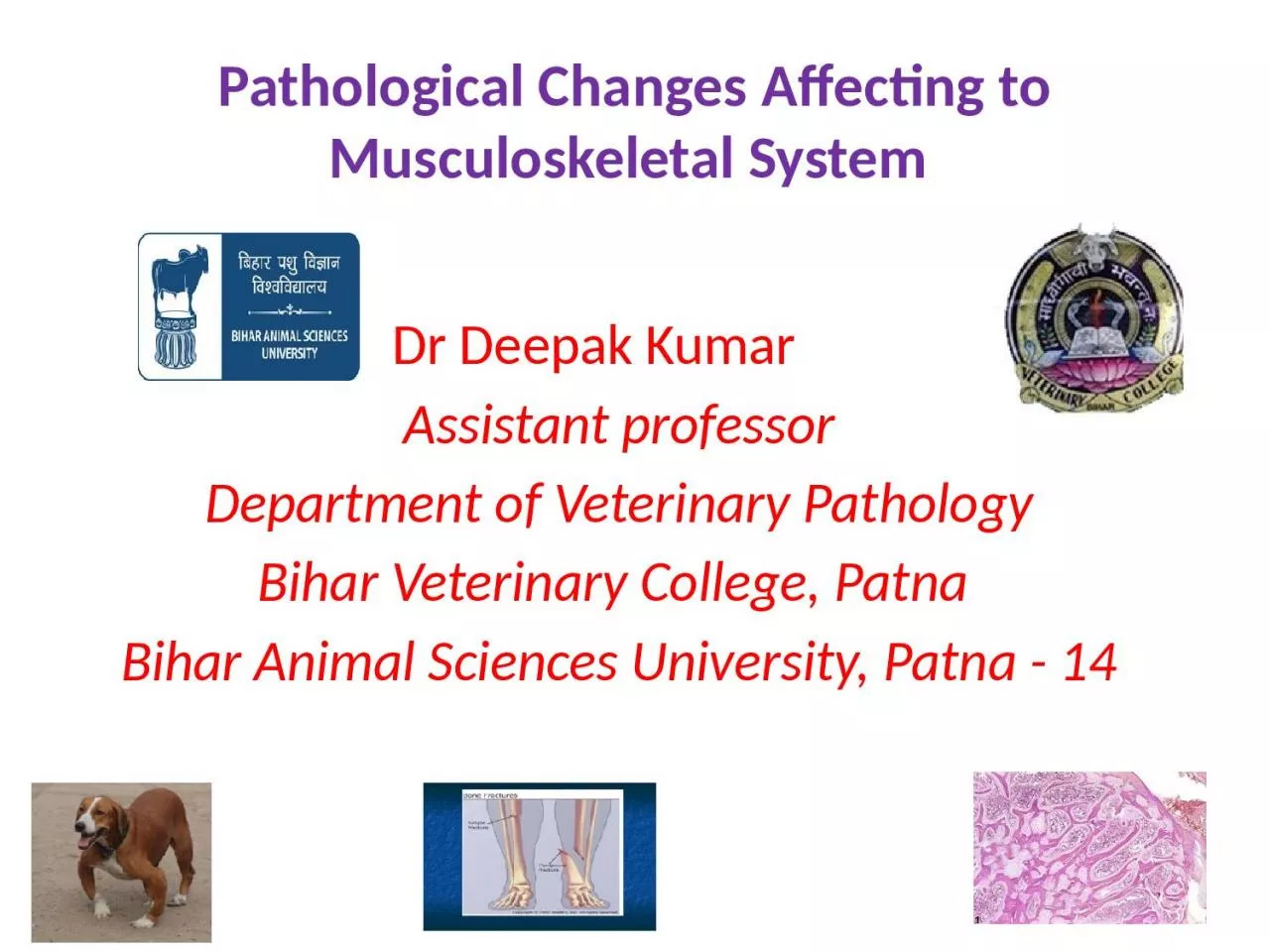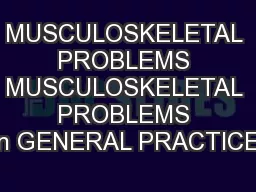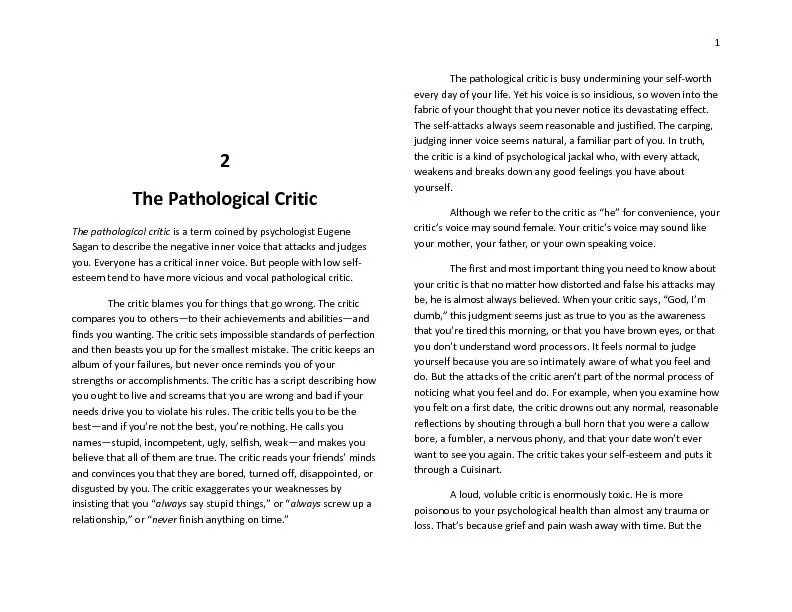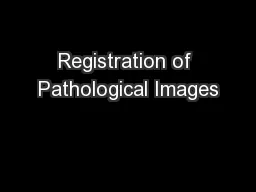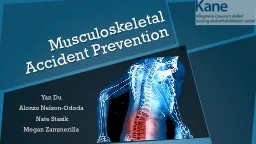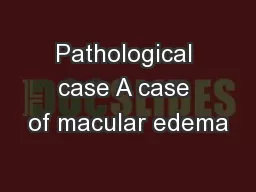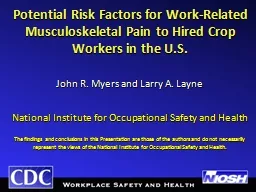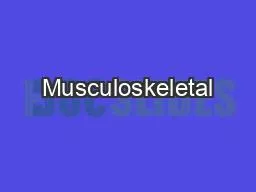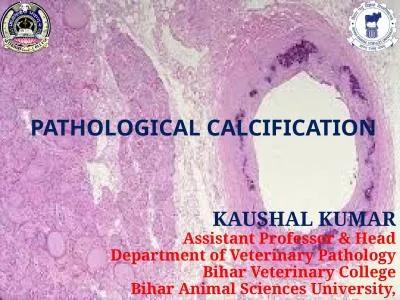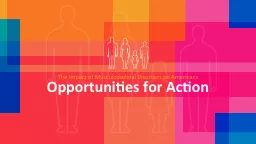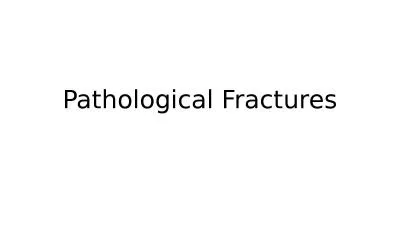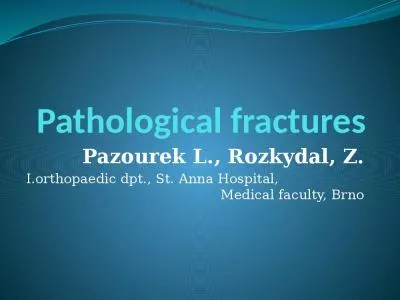PPT-Pathological Changes Affecting to Musculoskeletal System
Author : Ruggedman | Published Date : 2022-08-01
Dr Deepak Kumar Assistant professor Department of Veterinary Pathology Bihar Veterinary College Patna Bihar Animal Sciences University Patna 14 Pathological
Presentation Embed Code
Download Presentation
Download Presentation The PPT/PDF document "Pathological Changes Affecting to Muscul..." is the property of its rightful owner. Permission is granted to download and print the materials on this website for personal, non-commercial use only, and to display it on your personal computer provided you do not modify the materials and that you retain all copyright notices contained in the materials. By downloading content from our website, you accept the terms of this agreement.
Pathological Changes Affecting to Musculoskeletal System: Transcript
Download Rules Of Document
"Pathological Changes Affecting to Musculoskeletal System"The content belongs to its owner. You may download and print it for personal use, without modification, and keep all copyright notices. By downloading, you agree to these terms.
Related Documents

